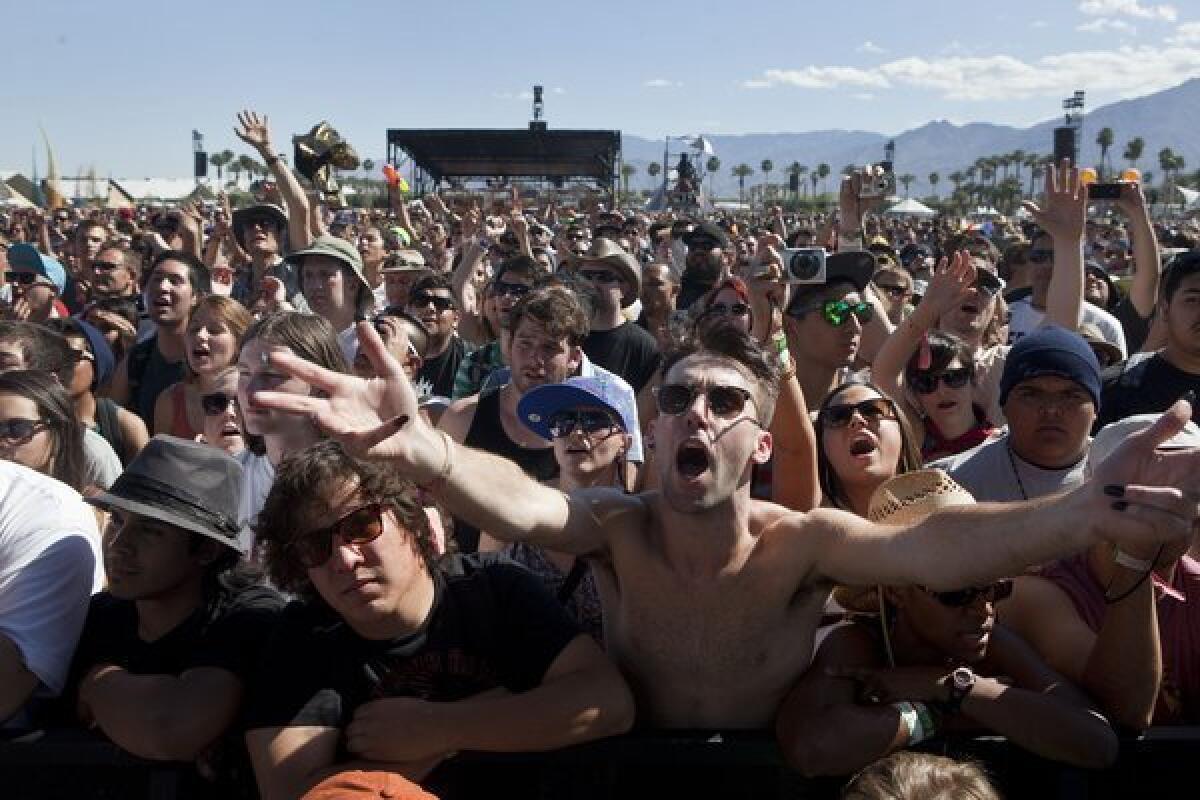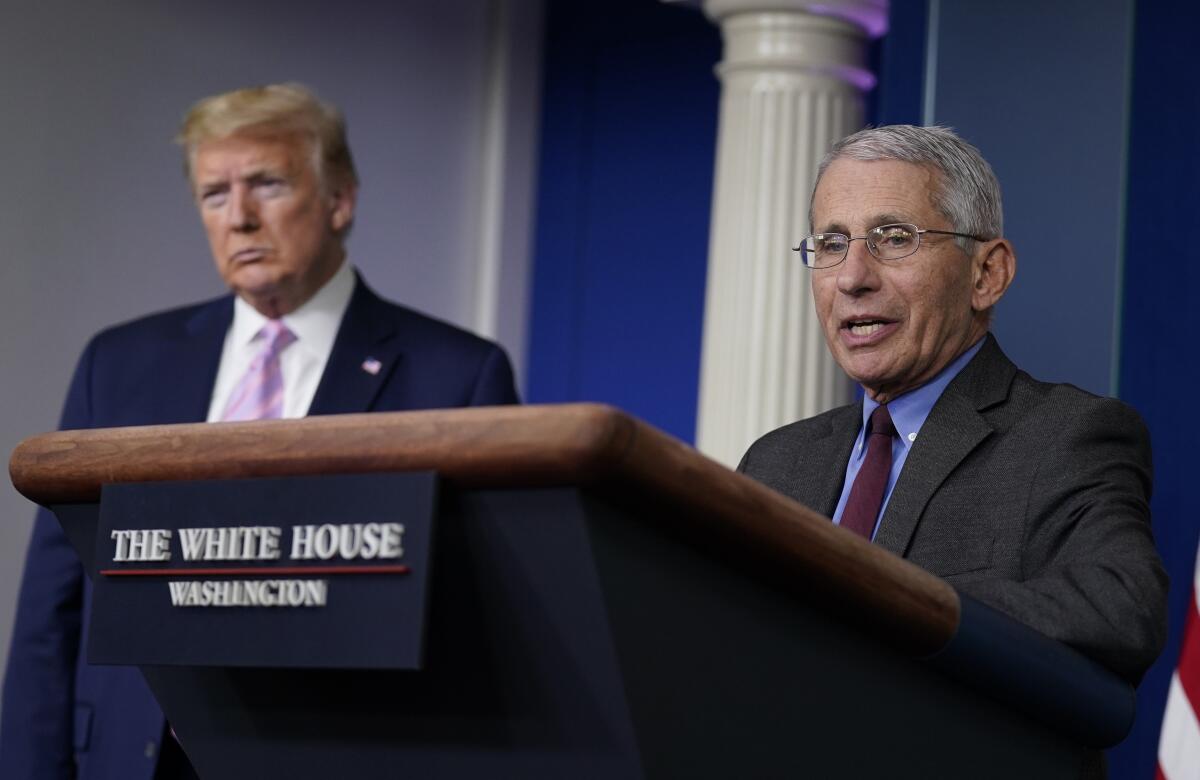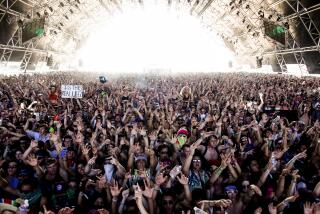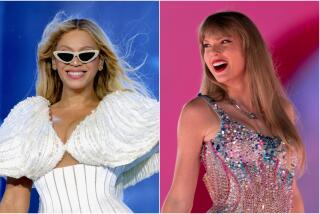Artists, live industry brace for a year without concerts: ‘Is there a better place for spreading disease?’

Just two weeks ago, Pollstar projected that in its most pessimistic scenario for the post-COVID-19 concert industry, shows would resume in less than a year with industry losses around $9 billion.
Now the live business is preparing for much worse.
In a Monday call with top department staffers, Los Angeles Mayor Eric Garcetti suggested that “large gatherings such as concerts and sporting events may not be approved in the city for at least one year.” On Tuesday, Governor Gavin Newsom released a six-point plan for eventually reopening California’s economic and social life that would likely push any large gatherings, including concerts and sporting events, back a year or more.
“You’ve met this moment in remarkable ways, and it’s put us as a state in a position where we can lay out this road map, but again it is all conditioned on us continuing to stay the course on the current road that we’re on,” Newsom said.
The indie-rock band Sure Sure share a house, so during quarantine, it’s performing for fans over six consecutive nights, each show from a different room.
Major promoters such as Live Nation have postponed or canceled all shows. AEG’s Coachella Valley Music and Arts Festival, still ostensibly on for October, is looking less certain by the day and could see 40% of ticket holders request refunds during a new 30-day window for fans to get their money back.
Some studies suggest that social distancing measures affecting gatherings like concerts may need to deployed into 2022. A vaccine for the novel coronavirus looks to be at least 12 to 18 months away.
Like everyone else, shell-shocked music fans and the live industry are asking what it will take to ever get back to normal.
“We’re entering a different music industry after COVID-19,” said Maddy Maia, of the L.A.-based DJ and production duo Sisters of Sound, who have performed at Coachella and regularly play underground parties around town. She and her bandmate Tottie said they were worried that “so many local artists in our community rely on live gigs as their primary income source, with no security, healthcare or pension. We already canceled a tour, but we’re reluctant to reschedule as no one knows how long it’s going to go on for.”
Sadly, there’s much more pain and waiting to come, according to some leading epidemiologists and public health experts.
“If 1% of the population has COVID-19 and half are asymptomatic, that’s 250 people in a stadium of 50,000, all touching chairs, eating food, talking and jumping and shouting. Is there is a better place for spreading disease?” asked bioethicist Dr. Ezekiel Emanuel, the director of the Healthcare Transformation Institute at the University of Pennsylvania and a former healthcare advisor to President Obama.
“Going back to those situations, for all of us who love concerts, it’s hard to see how to do that without a vaccine.”
Emanuel, more than most medical experts, knows the devastation COVID-19 has brought to the entertainment business. “I’ve got a brother in the industry, I’m no curmudgeon,” he joked, referring to his brother Ari Emanuel, chief executive of talent agency Endeavor. He said Garcetti “should be commended” for his swift actions to shut down gatherings such as concerts, even as other cities like New Orleans allowed events like Mardi Gras to go forward last month.
Emanuel has already co-authored a road map for America to begin resuming public life. But given the country’s woeful capacity for mass testing, the distant status of a vaccine and widely varying stay-at-home orders between states, even if some aspects of life begin to return to normal in California, it was hard for him to see a timeline where an event like Coachella could occur even well into next year.
“We’ll begin opening up with social interactions while wearing face masks. If we’re probably bending the top of curve, [that’s] four to six weeks at the absolute earliest,” Emanuel said. With more time and testing, “maybe you can later have a venue of 2,000 people where you put in 500 and spread them out with masks and protection. But you’ve got to vaccinate 70% of the population to get back to pre-COVID, and you may have to shut down some businesses that reopen. It’s a roller coaster, and you want those hills to be as gentle as possible.”
The Los Angeles Times will provide around-the-clock updates on COVID-19 from across Southern California and around the world.Tracking the coronavirus in California: latest numbers | Support our journalism with a subscriptionHave a question about coronavirus? Send us your questions here. | You also can sign up for our newsletterSee latest photo galleryCoronavirus updates for April 16 are here
A comprehensive set of measures, like widespread testing for viral RNA and antigens (which can tell if you’re currently infected) and serologic testing for antibodies (which indicate a prior infection and may imply some degree of immunity), would have to be established before any kind of large public event would be safe, said Dr. Krutika Kuppalli, Infectious Diseases physician and Biosecurity Fellow at the Johns Hopkins Center for Health Security.
“Lots of people in a crowded space is a great risk for transmission of COVID-19. We would need widespread testing to be scaled up to have a good estimate about prevalence in the population and what transmission dynamics looked like, and we would need a universal testing guideline with access to testing,” she said. “Once testing was satisfactory, and it looked like numbers were consistently going down to manageable numbers, you could start discussing lifting public health measures.”

But that relief will likely come in fits and starts. “You need to slowly lift public health measures and watch what happens, and while doing so have adequate means to test, contact trace and quarantine people,” she said. “Until that happens I don’t think we should be talking about ‘opening up’ society again.”
How long will that take? For artists, industry professionals and anxious music fans, the concert business, like live sports, was among the first to be affected by COVID-19 and will be among the last to recover. A disease that looked like a vague disruption just a month and a half ago now could be an extinction-level event for the live business for at least a year to come.
“It’s my job to be ‘the glass is 3/4 full’ guy, but a lot of artists right now are like, ‘Not only is the glass half-empty, but it’s knocked all over the table’,” said Jonathan Daniel, the co-founder of Crush Management, which looks after major acts including Green Day, Lorde, Weezer and Fall Out Boy. He said that while some rap and pop artists (like Sia, whom Crush manages too) do fine on royalties alone, for “Weezer, Green Day and Fall Out Boy, they have lots of hits, but touring is the main part of what they make.”
“Most artists rely overwhelmingly on the live business for income, there’s very little being earned by recorded music anymore,” said Brandon Ross, a partner at the tech and media research firm Lightshed. The live music industry generates an estimated $12.2 billion annually. “But even more than artists, I worry about support staff behind the scenes. they are the backbone of the touring business, and thousands and thousands of people are reliant on that to make a living.”
While the stock of mega-promoter Live Nation lost, at one point, two-thirds of its value during the COVID-19 panic, the impact is already brutal on emerging acts and support crews.
“We’re a microcosm of society, and this showed how fragile the whole economy was,” said Kevin Lyman, founder of the stalwart punk roadshow Warped Tour and now a music business professor at USC. He expects that even with progress on a vaccine and testing, fans may be hesitant to return to concerts for a while, and the concert industry will have to re-earn their trust.
“Everyone’s talking about getting the country ramping back up, but there’s no flipping a switch,” he said. “The margins in this business are going to be the 20% of fans who won’t go back to shows until there’s a vaccine. We’re at a point where fans can really lose a lot of confidence, and it’ll take more than a vaccine to re-engage them.”
As apocalyptic as that may seem for the industry, there’s just no way to even set a timeline for the safe return of public gatherings yet, said Dr. Jeffrey Martin, a professor of epidemiology and biostatistics at UC San Francisco.
“We’ll know when we’re ready when we have processes in place to identify small brushfires and extinguish them before they turn into wildfires,” he said. “That means an availability of testing and a willingness for people to test, and tracking the contacts of people who test positive. When we can ‘go back’ is when we have a process in place so brushfires can be identified. I don’t know any community that can say that right now.”
Martin was more optimistic that, with a vigorous testing and tracking regime, some elements of public life may be relatively safe before a vaccine is introduced. “This can work. I don’t think we’ve got a precedent for it but in theory, this isn’t curing cancer,” he said. “It’s a logistics operation. It’s not the case that we won’t be back to life until there’s a vaccine. There are other ways to do this, but you need need to keep an eye on what they are.”
Concerts and music festivals are a uniquely risky gamble for spreading COVID-19, though.

Dr. Anthony Fauci, the U.S. government’s leading official in combating COVID-19, told Vanity Fair this week that “One of the real tragic things was that in Wuhan … at a time when it was clear that there was viral transmission in the community, the Chinese held a 40,000-person massive block party celebrating some Chinese festival. That just exploded it,” he said. “Look what happened after the Mardi Gras… [Festivals] would make me really nervous if there was virus still circulating.”
A festival like Coachella draws fans from around the world and nearly every state. Some of them, like Florida and Georgia, were late to issue stay-at-home orders, and have shown a dangerous eagerness to reopen businesses even as the virus circulates in their communities.
“One of the main challenges has been the lack of federal guidance and inconsistent state-by-state support early in the outbreak,” said Matthew Freeman, professor of environmental health and epidemiology at Emory University. “Evidence suggests that Florida’s slow response resulted in a spring break crowd that led to infections across the U.S. as young people returned home.
“It is hard to foresee that crowded music festivals will be safe for some time,” he added.
Even if California does what it needs to prevent new infections locally, a 125,000-capacity music festival with fans traveling from all over would be an ideal scenario for new transmissions. Every expert interviewed said large concerts and festivals would be a terrible idea for the foreseeable future.
“China had to close its border with Russia for that exact reason,” Emanuel said. “Travel is a huge challenge.”
“People could transmit the virus from a high-risk setting and bring it to a place where there may not be widespread disease, and vice versa,” Kuppalli said.
Even as other businesses like restaurants or retail slowly re-emerge, and workers begin to restart the economy, the concert industry could take well over a year or more to look anything like what we’re used to.
When shows hopefully resume in 2021, promoters will likely treat the disease like another security measure at the gates: temperature checks, mandatory face masks or even on-site COVID-19 testing are all potential measures in the future.
But as painful as it is now, fans should remember that the music will, someday, start again.
“I do think this will be an indelible moment in terms of how we interact with each other and our physical environment,” Martin said. “It’ll stick with people for a long time. It won’t have such major impact that we can never imagine concerts again, but maybe we won’t shake hands for 10 years.”
More to Read
The biggest entertainment stories
Get our big stories about Hollywood, film, television, music, arts, culture and more right in your inbox as soon as they publish.
You may occasionally receive promotional content from the Los Angeles Times.








